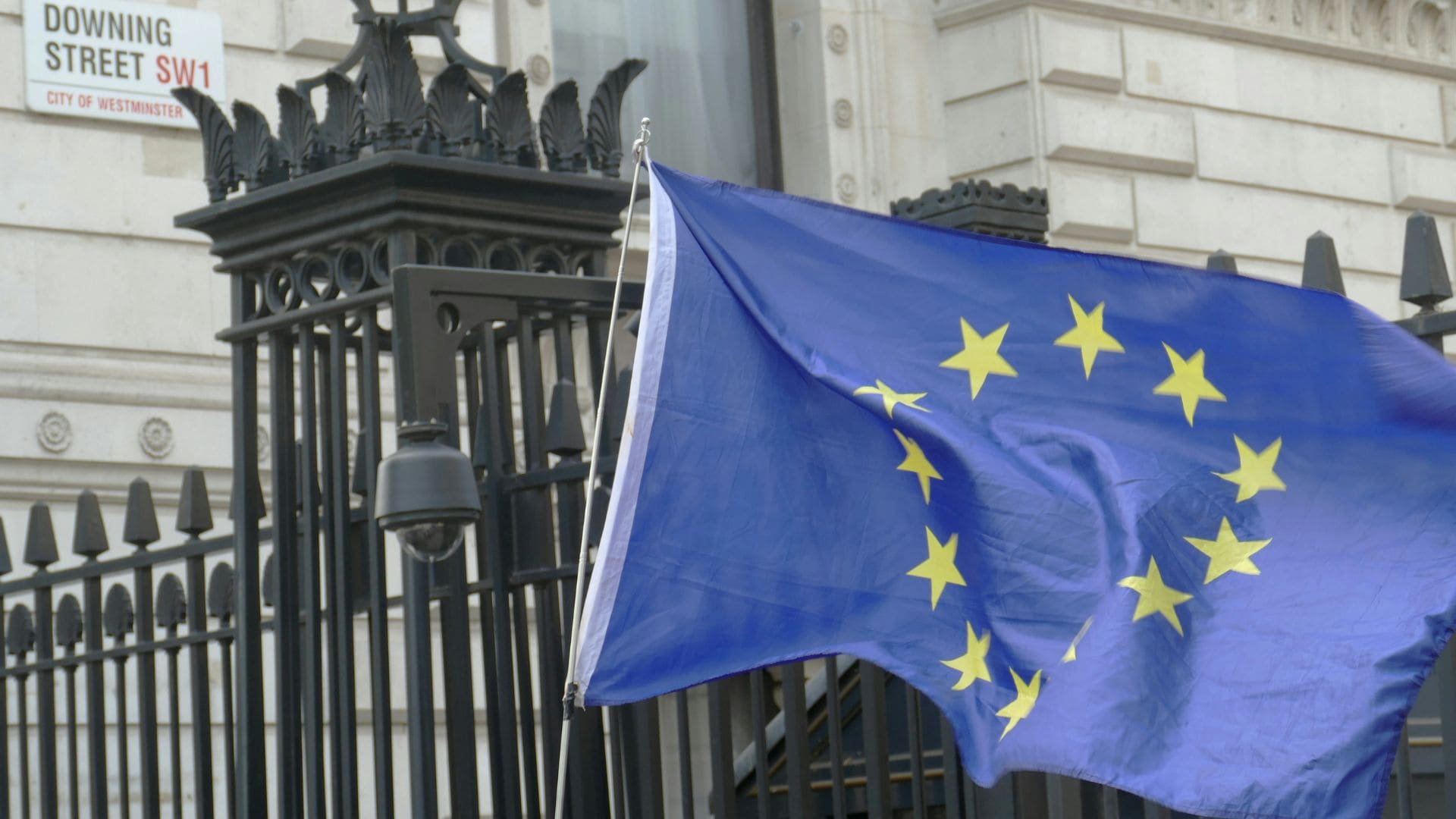Neuigkeiten
The ASA straightens out GHD
Dezember 2020
A recent ruling by the ASA, has again highlighted the need for brands to retain control and oversight when partnering with influencers, including ensuring that they are trained to recognise the need to ensure advertising posts are clearly labelled as such.
Influencer Emily Canham was under contract with Jemella Limited, trading as GHD, the well known hair tool brand, famous for its straighteners. Part of her contractual role was to post promotional videos across a range of social media, including on TikTok and YouTube.
On 14 June 2020, Ms Canham’s TikTok account, @emilycanham, featured a video of Emily Canham using GHD branded hair straighteners. Alongside the video, a caption stated “hiii just a lil psa there’s 20% off the GHD website TODAY ONLY with the code EMILY … #fyp #foryourpage“.
Following a complaint that the post did not make it apparent that it was a marketing communication, the ASA ruled that the post should have clarified that it was an advertising feature, using the hashtag #Ad or #Advert.
For the ASA to consider that a post should be considered an ad, an influencer will need both to be paid by the brand owner, and the brand owner must have a degree of control over the influencer’s messages. If there is both payment to, and control of, an influencer, then content needs to be clearly identifiable as an ad. Preferably this is done with a prominent label which needs to be seen upfront. Thought should also be given to how this notice will come across on different devices and whether the notice is appropriate for the channel used. If only part of the content is promoted, only that part needs to be identified as an ad.
GHD had stated that Ms Canham was not contracted for this particular post, or paid for it and it was created without “oversight or approval”. However, the ASA looked at the wider circumstances of the post, including the contractual relationship between Ms Canham and GHD, which required her to create posts on her social media channels, including one on YouTube featuring the promotional code “EMILY”. The ASA in its ruling, noted that this was the same promotional code used in the TikTok post and was the same as that stipulated in the agreement between Ms Canham and GHD. Whilst it was clear that Ms Canham didn’t receive any commission as a result of her social media postings, the existence of the contract, which required her to promote GHD using the code “EMILY” meant the ASA had no difficulty in finding that the TikTok post was an ad for the purposes of the Non-Broadcast CAP Code and had breached rules 2.1 (marketing communications must be obviously identifiable as such) and 2.3 (marketing communications must not falsely claim or imply that the marketer is acting as a consumer or for purposes outside its trade, business, craft or profession; marketing communications must make clear their commercial intent, if that is not obvious from the context).
This may have been the ASA’s first ruling on TikTok, but it has reinforced the message that the rules apply to brands, advertisers and influencers regardless of the form of social media they are using. It also highlights that brands should be careful to educate influencers they work with about the need to clearly indicate which are promotional posts, through the use of #Ad, or #Advert.
Using “Ad”, “Advert”, “Advertising” or “Advertisement” are all means accepted by the ASA as denoting an ad. “Sponsored”, “in association”, “thanks to” (and variations) or “@brand” are riskier, as they are considered not to be sufficiently clear indicators of marketing communications.
If brand owners and influencers want to keep on the right side of regulators, they need to ensure that they:
- are aware of the content that is put up by influencers they work with and check its compliance;
- have appropriate contracts and policies in place with the influencers to require compliance and allow for the brands to have the ultimate approval of posts connected to them; and
- provide training, both internal and external, with influencers, so that those involved in the process know how to achieve compliance and the consequences of non-compliance.
This article was prepared by HGF Senior IP Solicitors James Talbot and Emily Nousios. If you would like further advice on this or any other matter, please contact James or Emily. Alternatively, you can contact your usual HGF representative or visit our Contact page to get in touch with your nearest HGF office.






























